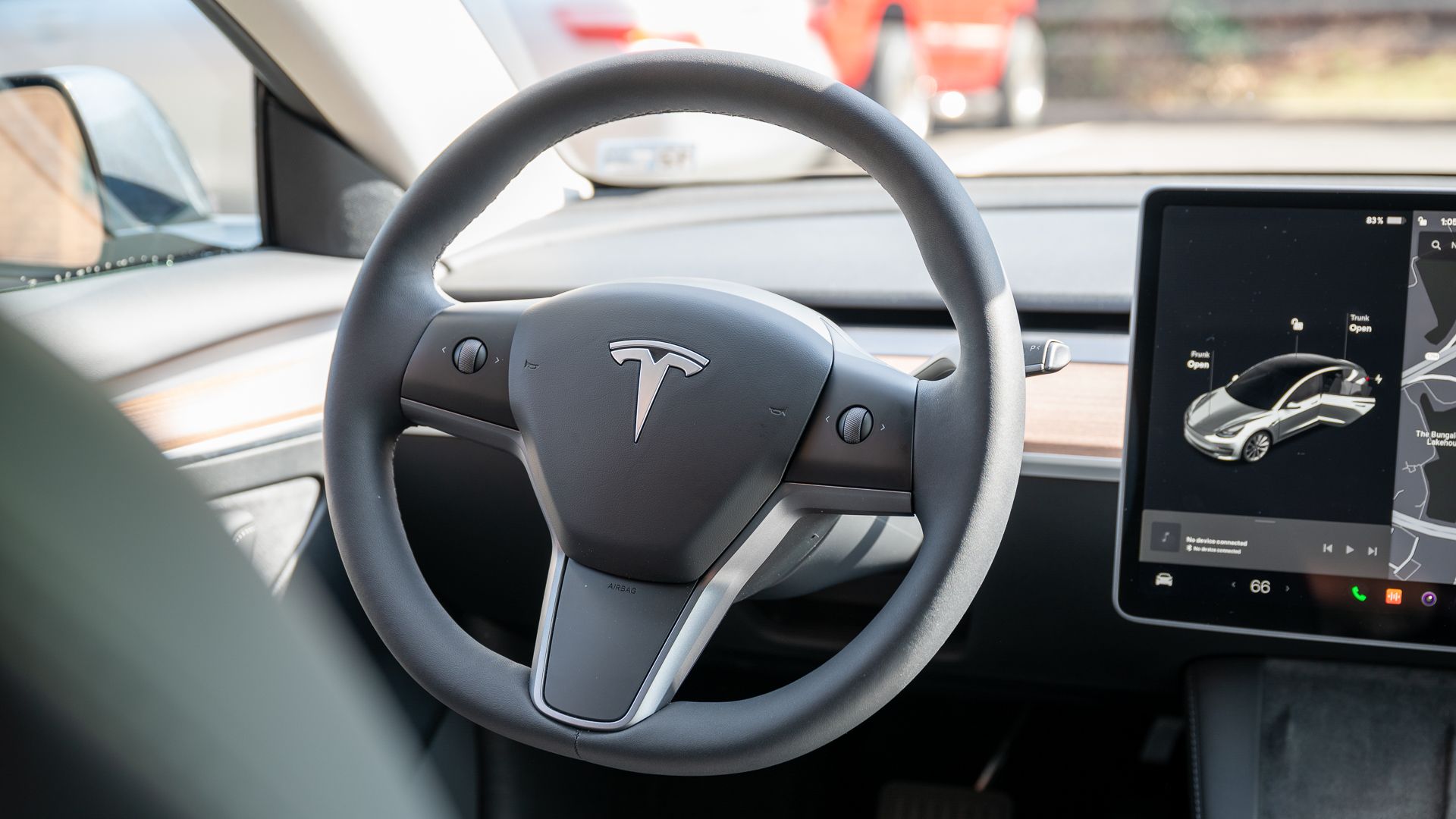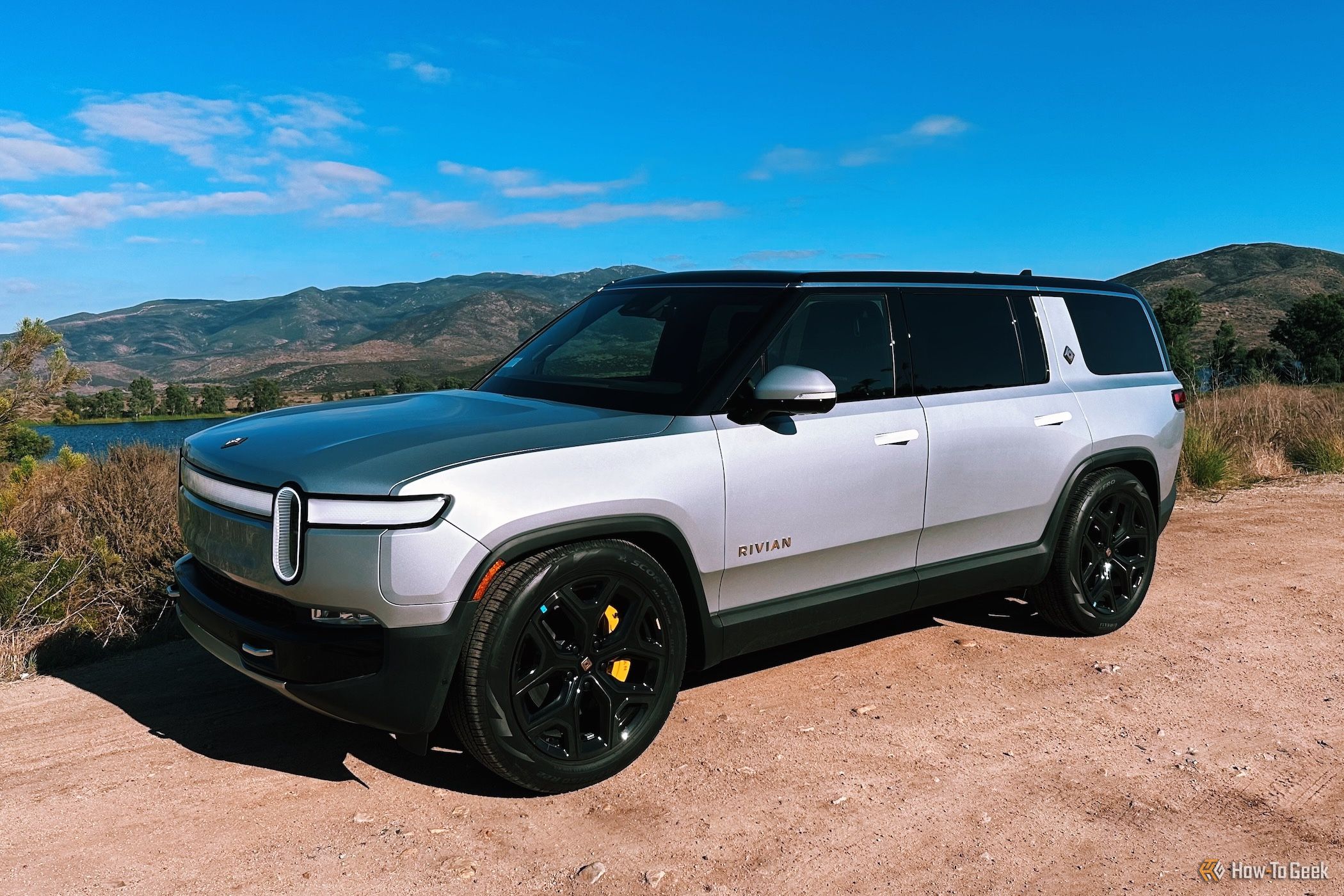
Road conditions, driving habits, and dozens of other variables can affect a vehicle’s range. As a result, it’s difficult to estimate how far a vehicle will travel before it needs to be charged or filled with gas. But when you plan a route in a Tesla vehicle, it will predict how much battery you’ll have at the end of the trip. Tesla is extremely confident in this prediction system, and it’s now revealing all the factors that contribute to its range calculations.
To be clear, we’re talking about the battery life estimates that appear when planning a route in a Tesla vehicle. Tesla drivers also have the option to replace their battery percentage indicator with a “remaining miles” ticker, but the ticker is based entirely on EPA test data, not driving patterns or road conditions. Your Tesla will only predict actual range when planning a route.
Here are the factors that Tesla will use when calculating remaining range in the route planner:
- Wind speed & direction
- Elevation/grade
- Traffic speed
- Average acceleration/deceleration
- Ambient temperature
- Humidity & pressure
- Solar load & cloud cover
- Initial battery percentage
- Initial battery temperature
- Gross combined vehicle weight
- Rolling resistance
- Aerodynamic drag coefficient
- HVAC consumption
- Vehicle-specific energy consumption (bike rack or similar)
- Battery preconditioning
Tesla did not expand upon or explain these factors, which is a shame, as some of the language is vague. Rolling resistance is one of the things that really sticks out to me. This metric almost certainly includes tire pressure (which was added to Tesla’s calculations last year, per Electrek), though it could also include road roughness, which would be an impressive thing for a car to calculate.
Of course, most of the factors listed by Tesla have a bit of overlap. Things like road elevation, ambient temperature, and gross vehicle weight can contribute to road resistance. The vague language may be necessary because, even with overlap, there’s value in treating these metrics as if they are separate things.
But are Tesla’s pre-trip range estimates accurate? Most customers say “yes,” which is pretty reassuring. Range anxiety is one of the biggest hurdles for electric vehicles (second only to cost), and Tesla clearly considers this a priority.
Source: Tesla via Electrek






